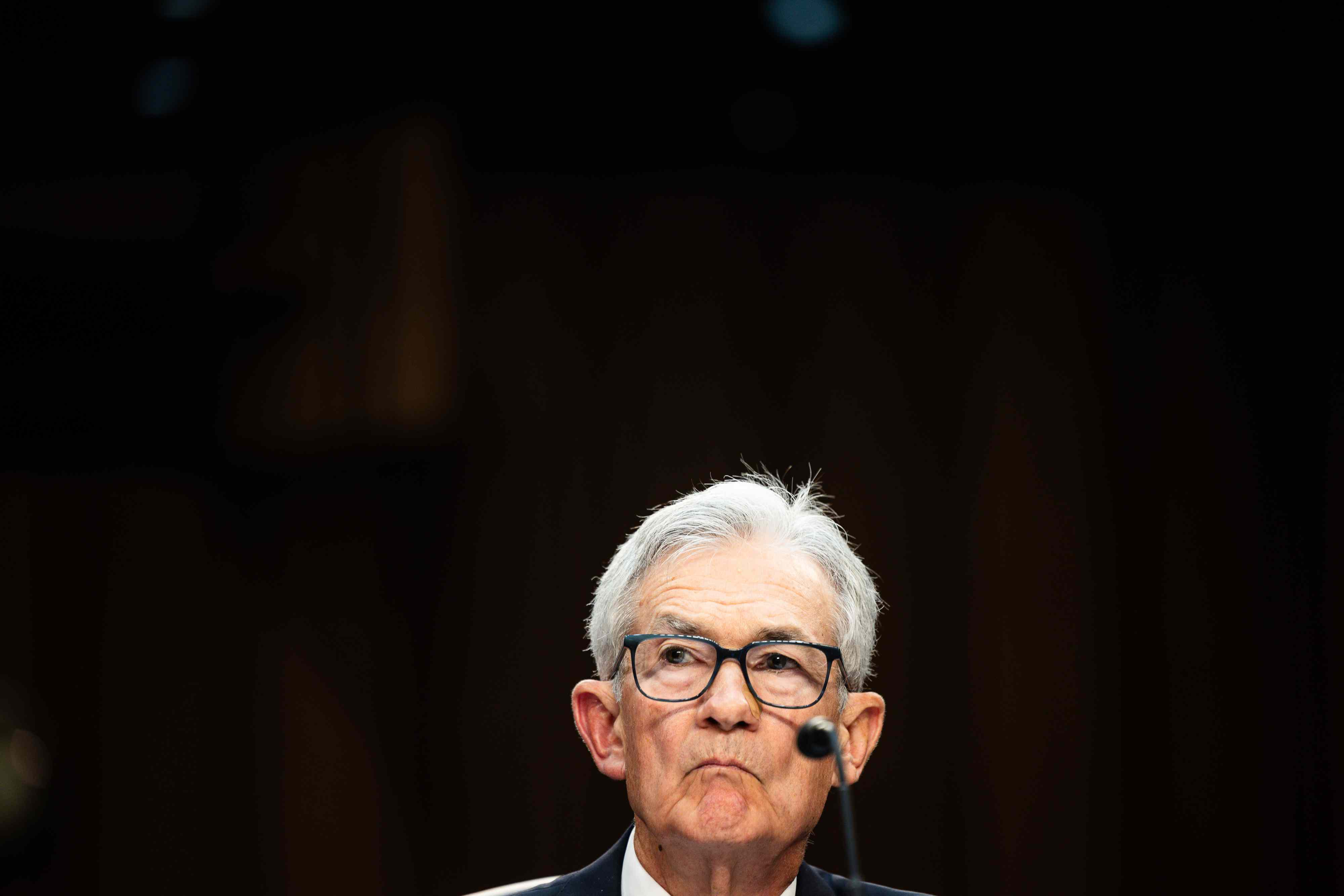
Key Takeaways
- The Federal Reserve is widely expected to cut its benchmark interest rate by September, though the central bank hasn’t committed to a timeline for rate cuts.
- A handful of experts argue that The Fed won’t or at least shouldn’t cut rates before the end of the year, and should instead keep rates high until inflation is fully subdued.
- Progress against inflation has been slow since mid-2023, prompting one economist to warn that an early rate cut could backfire and cause inflation to reignite.
The Federal Reserve is widely expected to cut interest rates when it meets in September, but a few experts are making the case that the central bank will hold steady—or at least that it should .
The expert consensus that the Fed will lower its influential fed funds rate by September, or if not then, by the end of the year, is nearly overwhelming. Financial markets are pricing in a 100% chance of a Fed rate cut by September, according to the CME Group’s FedWatch tool, which forecasts rate movements based on fed funds futures trading data.
And in a July poll of prominent economists by The Wall Street Journal , only two of the 67 who answered a question about the fed funds rate said the Fed wouldn’t cut it by the end of 2024.
In the consensus view, the case for a rate cut has strengthened over the past few months as data on inflation and the job market have shown price increases decelerating while the unemployment rate ticks up.
The Fight Against Inflation Isn’t Over Yet
Sean Snaith, an economics professor at the University of Central Florida, one of the two dissenters in the Journal poll, is among those attempting to throw cold water on rate-cut hopes.
“We’re still not at the target inflation rate,” Snaith said in an interview with Investopedia. “Progress was rapid, initially, bringing inflation down, but that progress has really slowed to a crawl.”
In Snaith’s analysis, a Fed cut in September might be too early, risking having inflation reignite, necessitating more rate hikes and economic pain at some point in the future, similar to the roller coaster ride that inflation took in the 1980s.
Not only that, but if people see that prices are rapidly increasing for a long time, economic theory dictates they may start making financial decisions that worsen inflation, such as making big purchases sooner than they otherwise would have. That’s why economists monitor surveys of consumers’ inflation expectations , and why Snaith says the Fed should keep interest rates higher for longer.
“The longer it stays higher, then more people come to expect it,” Snaith said. “And when inflationary expectations get into the roots of the economy, it gets harder and more difficult to break the hold that inflation has.”
Benchmark Rate at 23-Year High
The fed funds rate is the central bank’s main tool to achieve its dual mission of fighting inflation while making sure most people have jobs, and setting it at the right level is a delicate balancing act for policymakers. A higher fed funds rate pushes up interest rates on mortgages and all kinds of other loans, discouraging borrowing and spending and slowing the economy as well as inflation. A lower fed funds rate does the opposite, encouraging easy money and faster economic growth.
In March 2022, the Fed began a campaign of rapid interest rate hikes to combat worryingly high inflation that got up to a 40-year high of a 9.1% annual rate in June of that year. The Fed stopped hiking in July 2023 and has held its rate at a 23-year high since then. Inflation has since fallen to 3%, within shooting distance of the Fed’s goal of a 2% annual rate.
Reports on inflation for June and May indicated that price increases were slowing, leading many experts to predict that by September, the Fed would finally move on a long-awaited rate cut. Still, a rate cut isn’t a done deal, and Federal Reserve Chair Jerome Powell has refused to set a date on when a rate cut might happen.

